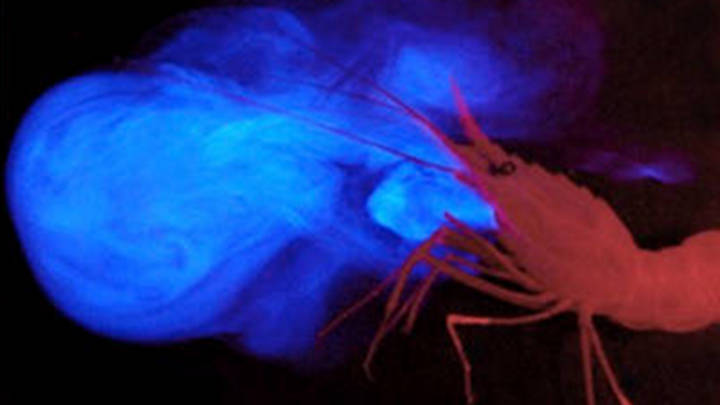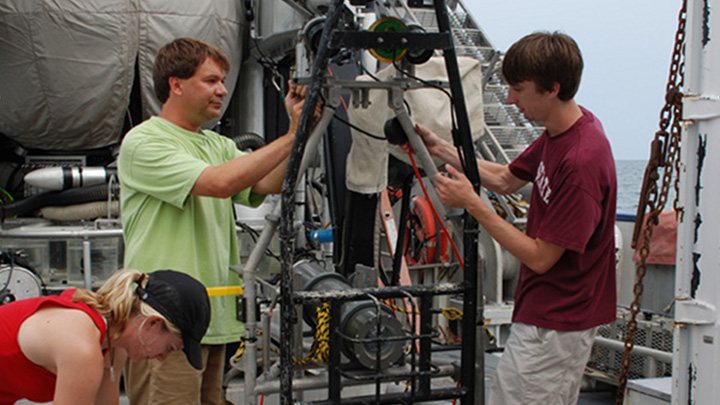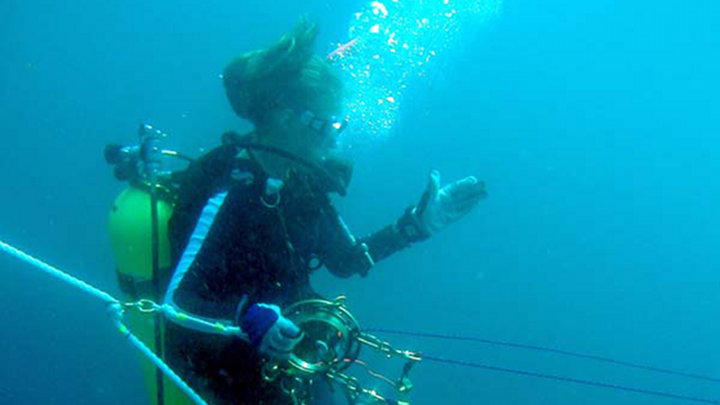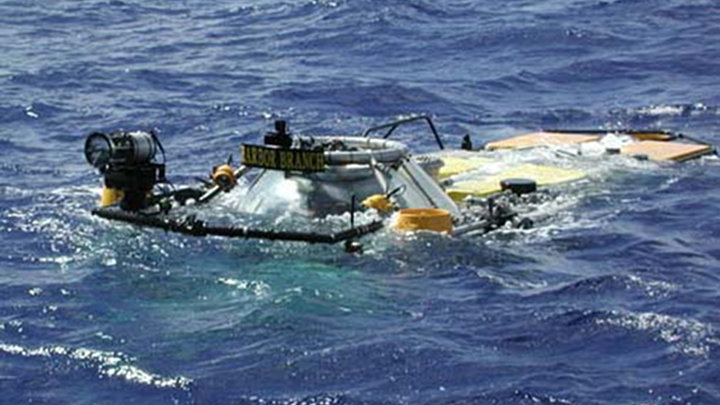
Below are some past expeditions featured on the OceanExplorer.NOAA.gov website that are related to bioluminescence.

A team of scientists explored the water column in some of the deepest parts of the Gulf of Mexico in order to determine what happens to deep-sea animals when a very important constraint is taken away from them – that of light. They took a close look at organisms living below 1,000 meters (3,280 feet), in the bathypelagic (midnight) zone.
Read more
Scientists used their combined expertise in bioluminescence, taxonomy, visual ecology, imaging, and molecular biology along with the unique collecting capabilities and camera systems of the remotely operated vehicle, the Global Explorer, to continue studies of the deep-sea benthic environment in the Gulf of Mexico.
Read more
Information on bioluminescence in the deep-sea benthos (organisms that live on the bottom) is sparse, due to the difficulty in getting live animals in trawls and dredges for study. This expedition focused on bioluminescence, a fascinating phenomenon that is found in only a few species on land (e.g., fireflies), but is common in all the world’s ocean basins.
Read more
This expedition was dedicated to seeing with “new eyes." It featured the use of new and one-of-a-kind equipment, such as advanced camera systems and light-tight traps to attract deep-sea animals.
Read more
This expedition consisted of four scientific investigations to study the continental shelf break and slope from the eastern coast of Florida to North Carolina. It focused on the characterization of deep-reef habitats; exploration of the unique outer shelf and slope habitats off the Carolinas; discovery of new resources with pharmaceutical potential; and exploration of vision and bioluminescence in the deep-sea benthos.
Read moreThe above items are only a selection of the educational materials highlighting bioluminescence on our website.
View More